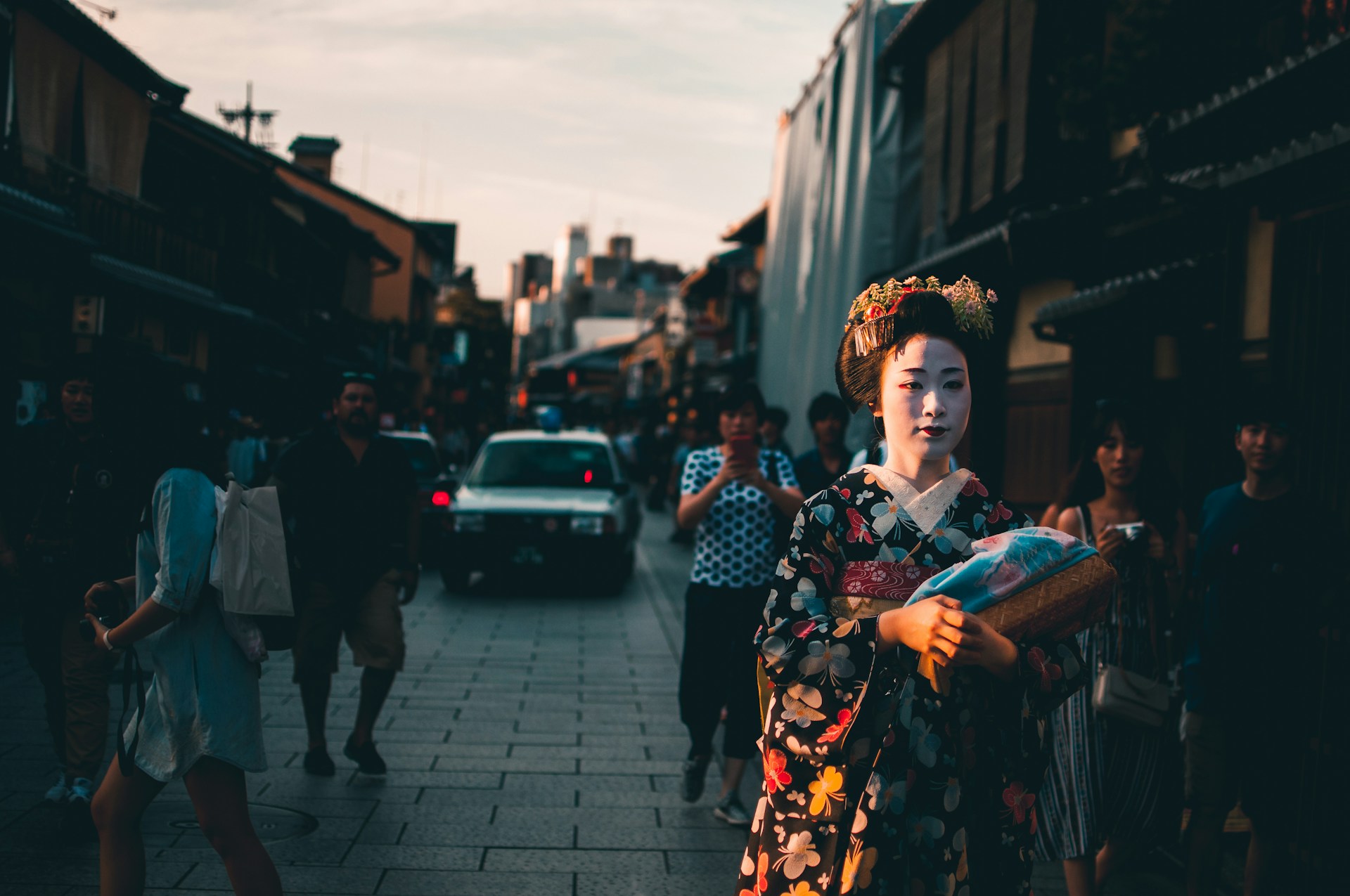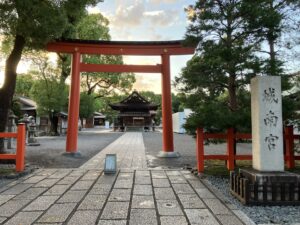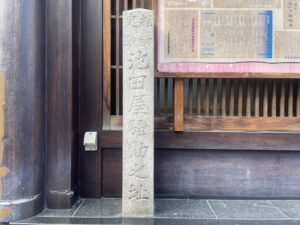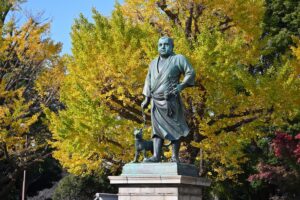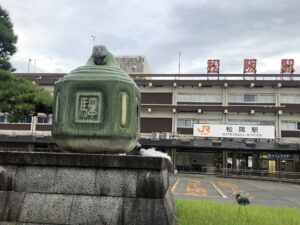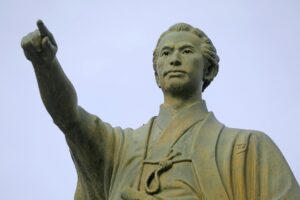This article explores the intricate world of geishas, delving into their historical roots, cultural significance, and the rigorous training they undergo. It dispels common myths, highlights their role in modern Japanese society, and offers practical advice for those wishing to experience geisha culture firsthand.
The Origins and Evolution of Geishas
The history of geishas is a rich tapestry woven through centuries of Japanese culture. The term “Geisha” itself, meaning “art person”, speaks to their role as entertainers proficient in traditional Japanese arts such as dance, music, and poetry.
Originally, geishas were men, known as “Taikomochi” or “Hokan”, who entertained at elite gatherings with storytelling and music. By the 18th century, women began to dominate the profession, bringing a new level of sophistication and grace.
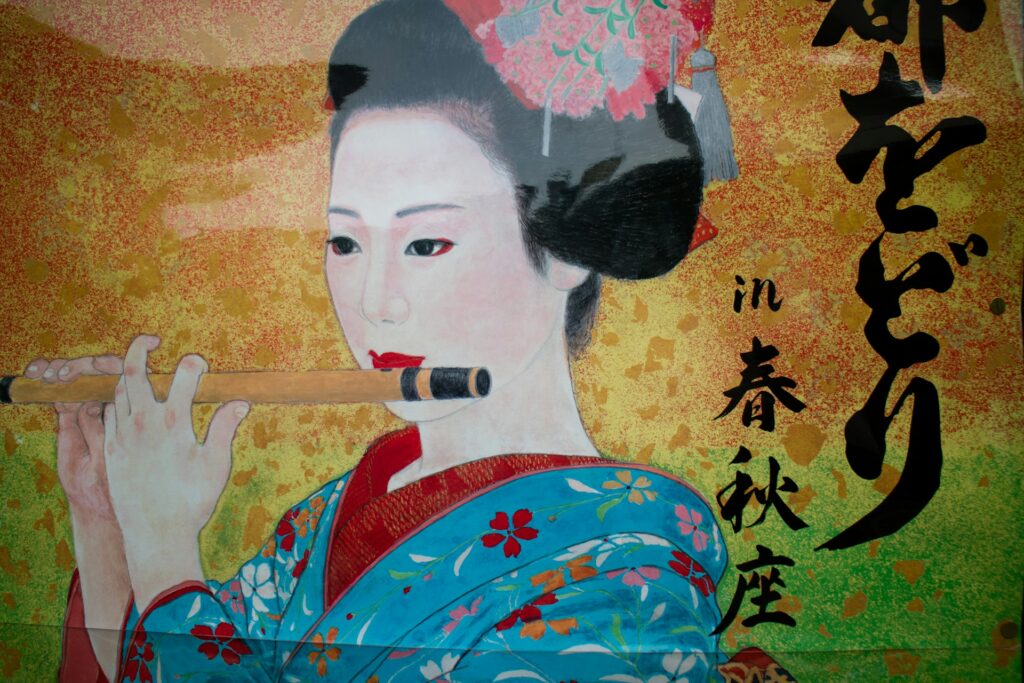
Significant periods in geisha history include the Edo period (1603-1868), where their presence became integral to social gatherings and cultural events. The Meiji Restoration (1868-1912) saw a decline in their numbers due to Western influences and societal changes. However, geishas adapted, preserving their traditions while subtly incorporating new elements.
Today, geishas symbolize the enduring beauty and elegance of Japan’s cultural heritage, with their practices maintained in districts like Kyoto’s Gion.
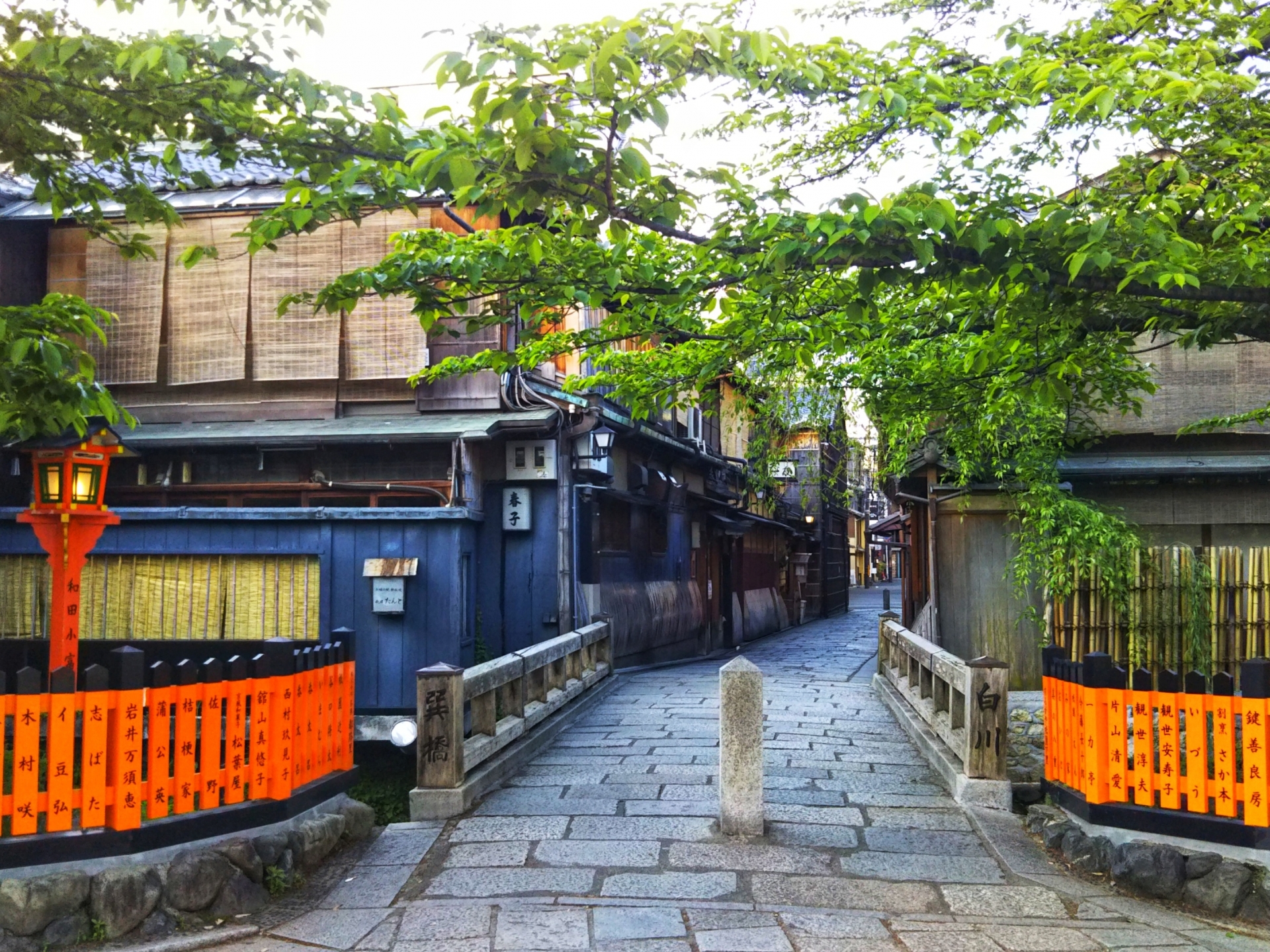
The Role of Geishas in Traditional Japanese Society
Geishas have long been revered as cultural icons, embodying the artistry and grace of traditional Japanese society. They are skilled performers, adept in various classical arts including “Odori” (dance), “Shamisen” (a three-stringed instrument), and tea ceremony. Their presence at events and gatherings is seen as a mark of prestige, where they entertain guests with refined conversation, music, and dance.
Geishas also play significant roles in Japanese festivals and ceremonies. During events like the “Miyako Odori” (Cherry Blossom Dances) in Kyoto, geishas perform elaborate dance routines, showcasing their talents and contributing to the cultural fabric of the community.
Their role is not merely entertainment; they are cultural ambassadors, preserving and promoting Japan’s rich heritage through their art.
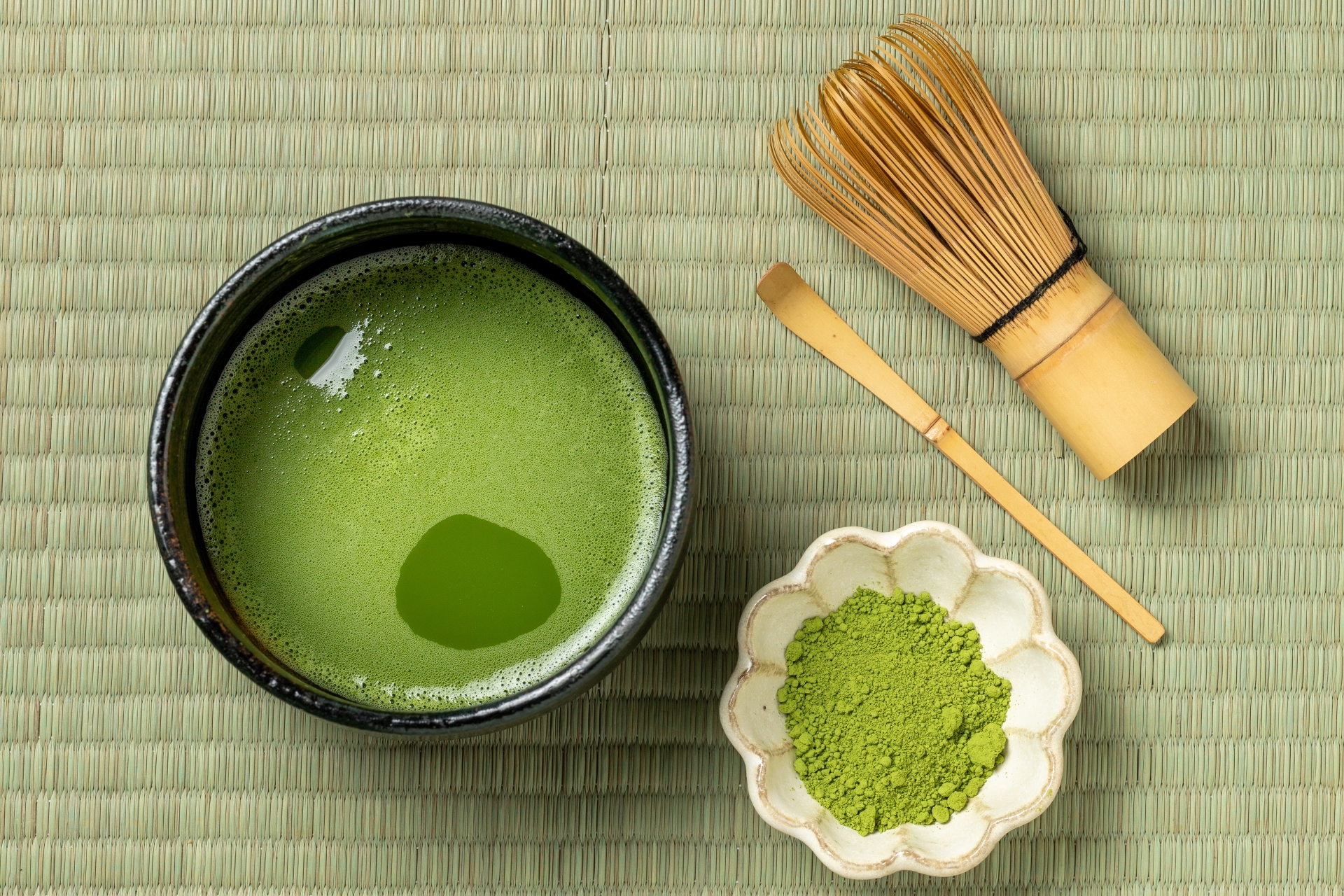
Geisha vs. Maiko: Understanding the Differences
To understand the world of geishas, one must also know about “Maiko”, the apprentice geishas. The distinction between geishas and maikos is significant, reflecting different stages in their training and roles. Maikos are younger women, typically between 15 and 20 years old, who undergo rigorous training in various arts before becoming full-fledged geishas.
The attire of maikos and geishas differs notably. Maikos wear more elaborate kimono with vibrant colors and long sleeves, adorned with numerous accessories. Their hairstyles are also more intricate, featuring elaborate “kanzashi” (hair ornaments). In contrast, geishas wear simpler, more elegant kimono and adopt a more mature appearance, symbolizing their status and experience. The progression from maiko to geisha is marked by a ceremony called “erikae,” where the maiko changes her collar from red to white, signifying her transition to geisha.
The Training and Life of Geishas and Maikos
The path to becoming a geisha is arduous and requires immense dedication. The training begins at a young age, often starting as “Shikomi” (trainee), where young girls learn basic etiquette and household duties in an “Okiya” (geisha house). As they progress to become maiko, their training intensifies, focusing on traditional arts like dance, music, and tea ceremony. They also learn social skills essential for entertaining guests.
A typical day for a maiko involves early morning lessons followed by public appearances and performances in the evening. Mentorship plays a crucial role, with experienced geishas guiding their apprentices through each stage of their career. This mentorship ensures the preservation of traditions and the continuous passing down of skills and knowledge.
Common Misconceptions About Geishas
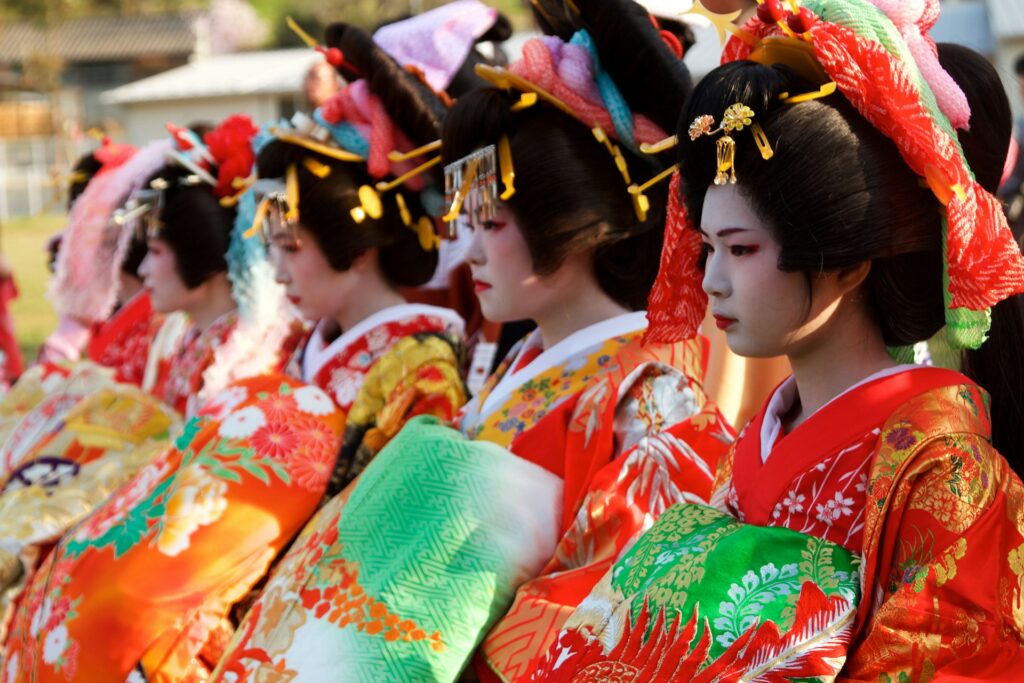
One of the most persistent misconceptions about geishas is the erroneous belief that they are prostitutes. This myth stems from historical misunderstandings and the conflation of geishas with “Oiran” (high-class courtesans) of the Edo period. In reality, geishas are professional entertainers and artists, distinct from courtesans in both their roles and functions.
The misconception was further propagated during World War II when American soldiers misinterpreted the roles of women who offered companionship services. Modern geishas work diligently to maintain their cultural integrity, emphasizing their role as preservers of traditional Japanese arts and customs.
Experiencing Geisha Culture Today
For those wishing to experience geisha culture firsthand, several opportunities exist in Japan. Kyoto’s Gion district is renowned for its geisha traditions, where visitors can attend “Ozashiki” (banquets) featuring geisha performances. Booking a geisha experience typically requires going through a tea house, known as “Ochaya,” which can be arranged through hotels or cultural tours.
Respectful interaction is crucial when encountering geishas. Photography should only be done with permission, and guests are encouraged to appreciate the performances with decorum. Public festivals and events, such as the “Miyako Odori,” offer accessible ways to witness geisha performances, providing a glimpse into their world without the need for formal arrangements.
The Modern Relevance of Geishas
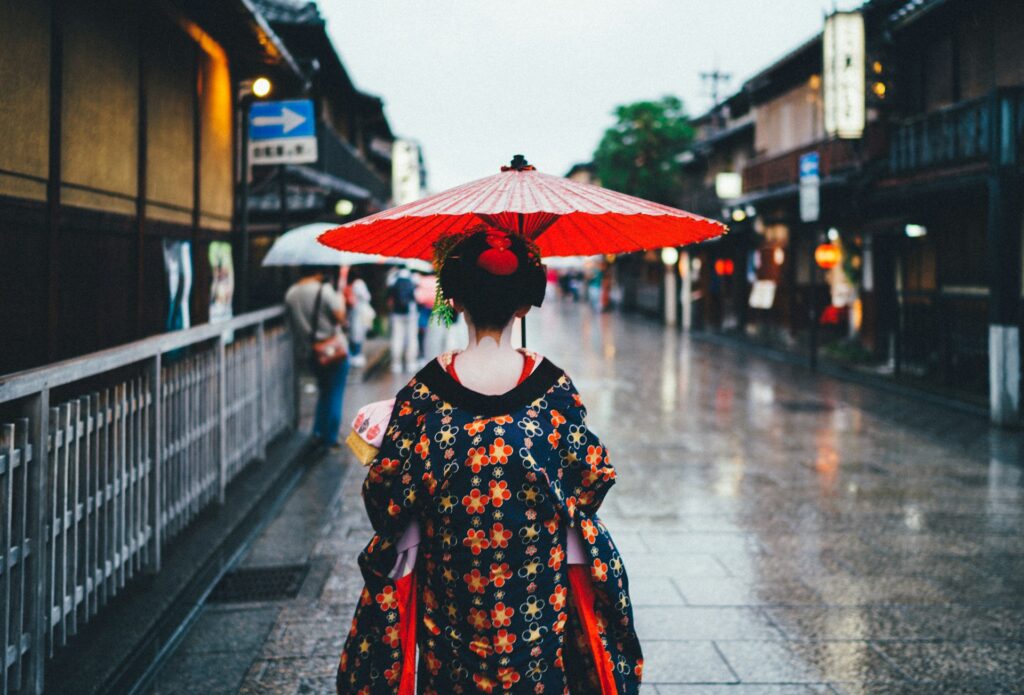
In contemporary Japan, geishas continue to embody the country’s rich cultural traditions while adapting to modern society. They balance traditional performances with modern sensibilities, participating in both cultural events and contemporary media. The profession faces challenges, such as a decline in the number of young women entering the field, yet efforts are made to sustain and promote the art.
Geishas’ influence extends beyond Japan, impacting global fashion and cultural trends. Their distinctive style, characterized by elegant kimono and intricate hairstyles, has inspired designers worldwide. As cultural ambassadors, geishas play a pivotal role in fostering appreciation for Japanese heritage, ensuring that their timeless elegance continues to captivate audiences around the world.
By incorporating these elements, the article aims to provide a comprehensive understanding of geishas, their cultural importance, and their continued relevance in today’s world

